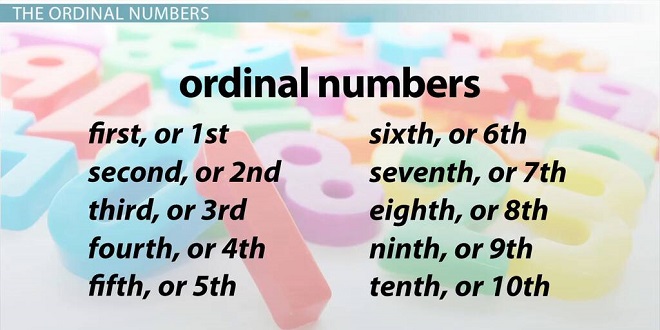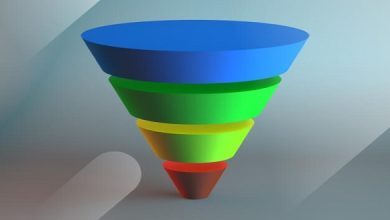THE ROLE OF TECHNOLOGY IN FASHION & TEXTILE DESIGNING

Enthralling and captivating modernity has invaded the fashion and textile design industry in recent years, thus making the fashion & textile design industry a quirky progressive career ground for sassy, creative minds. Super-hit technological developments back up this agape-forward launch of the fashion industry.
As the fashion & textile design industry is amusing people with significant development, students are excited to establish their careers here with fashion and textile designing courses.
Let us explore the various fashion & textile design courses for students and understand the role of technology in fashion and textile designing.
| TABLE OF CONTENTS:
● Range of fashion designing courses in India ● How does technology help in fashion and textile design? ● Conclusion ● FAQs |
Range of fashion designing courses in India:
As the fashion industry has thrived higher in recent years, with a global market revenue of 1.53 trillion US Dollars in 2022, the student community has geared up to study fashion design courses. As a result, a great range of fashion & textile design courses are offered in top design colleges in India. Here are the course details.
Diploma in Fashion Design:
| Course description | The Diploma in Fashion Designing course focuses on imparting knowledge in fashion design, retail conversion, and management of fashion products in the fashion industry. |
| Duration | 1 year |
| Mode | Semester |
| Eligibility criteria | The basic eligibility criteria to pursue a diploma in fashion design is that candidates should have completed 10+2 in any recognised board at any recognised educational institution.
|
| Admission procedure | Admission to the diploma course at top colleges such as LISAA School of Design, one of the best design schools in Bangalore, is based on the entrance test and personal interview conducted by the school.
Candidates with exceptional skills in arts & design are considered based on interviews and their portfolios.
|
Bachelor of Fashion Design:
| Course options/specialisations | ● Fashion Design
● Textile Design |
| Course description | BFD Fashion Design:
BFD Fashion Design Course trains students entirely in structuring and shaping garments for unique designs.
BFD Textile Design: BFD Textile Design Course is for graphic and artistic designers interested in drawing to metamorphose a simple fabric into a gorgeous masterpiece. |
| Level | Undergraduate level |
| Duration | 3 years (2 years + 6 months internship) |
| Mode | Semester |
| Eligibility criteria | The basic eligibility criteria to pursue BFD is that candidates should have completed 10+2 in any recognised board at any recognised educational institution.
|
| Admission procedure | Admission to BFM at renowned colleges such as LISAA School of Design, one of the leading design schools in Bangalore, is based on the entrance test, LISAA CAT-Creative Aptitude Test, conducted by the school while specific other colleges consider a 10+2 score. |
PG/MBA in Fashion Design:
| Course description | The MBA/ PG Fashion Designing course entirely deals with fashion in terms of business. It prepares the students to revolutionise the fashion design industry with their passionate business plans and launches. |
| Level | Postgraduate |
| Duration | 2 years |
| Eligibility criteria | The basic eligibility criteria to pursue the PG Fashion Designing course is that candidates should have a graduation degree from any recognised educational institution. |
| Admission procedure | Admission to MBA FD at top colleges such as LISAA School of Design is based on the entrance test, the LISAA CAT-Creative Aptitude Test, conducted by the school, while certain other colleges consider a Bachelor of Fashion Design degree score for admission. |
Having seen complete details about the various fashion & textile design courses, let us now explore the role of technology in fashion and textile designing.
How does technology help in fashion and textile design?
Studies related to fashion choices and interests of the global population have revealed that the great march forward of the fashion industry has commenced since the advent of technology into the industry. Various top brands such as Gucci, Louis Vuitton, Nike, Dior, Hermes, Chanel, and many more have launched themselves higher with their revolutionary designs generated with technological hands.
Here are the roles of technology in the fashion & textile design industry.
Digital design tools for intricate designs:
Digital design tools have a great role in helping designers develop intricate, precious, unique patterned designs that make stylish fashion statements. 3D modelling tools encourage designers to replicate their imaginative copy into realistic virtual prototypes in fashion & textile design.
Some of the popular digital design tools used in fashion and textile designing include:
- CAD
- Fotor
- Clo 3D
- Adobe Illustrator
- Browzwear
- Marvelous Designers
- WGSN
- Snapfashun
- Canva
- EFI Optitex
Innovative fabric development:
Technological advancements have instigated the development of fabrics with unique features. Technological facets such as nanotechnology and biotechnology are rocking hands with fashion & textile design and have led to the development and upgrade of various unique fabric features such as:
- Moisture-wicking
- Temperature Regulation
- Durability and Endurance
- UV Protection
- Stain Resistance
- Wrinkle Repeller
Customised digital prints:
Customisable and user-friendly fabric designing is made possible with technology. Digital textile printing allows highly detailed and customisable patterns and designs to be printed directly onto fabric. This process is more sustainable and efficient than traditional methods like screen printing.
Customised digital printing technology holds certain advantages, such as:
- Small batch production support
- Reduced fabric waste
- Sustainability in fabric production
As we explore the technological advancements and its footprint in the fashion & textile design industry, it holds a great advantage umbrella. This incorporation of technology in the fashion and textile designing industry has kindled curiosity among the global consumer and has instilled them to enjoy beautiful fashion & textile design outcomes.
The blend of technology in fashion and textile designing has also inspired a large number of students to take up fashion design courses and establish a creative career in the fashion arena.
Conclusion:
As the demand for advancements prolongs, technology will make its way through all industries including the fashion industry. Technology in the fashion & textile design industry has rolled out the fashion maniac among the global population and continues to make fashion statements now and then. Why not make a career in such a creative imaginative space in the fashion industry?
FAQs:
1. Is fashion design a good career choice?
Yes, fashion designing is a good career choice as a lot of opportunities are available in the fashion industry. The fashion retail industry has also upgraded from traditional shops to e-commerce platforms where you can even establish your brand.
2. What are fashion technology and fashion design?
Fashion technology deals with the technological side of fashion production while fashion design is completely dedicated to the design facet of fabrics and textiles.
3. What is the average salary for fashion designers?
The average salary for fashion designers ranges from INR 3 LPA to INR 25 LPA based on experience.
4. Who are the top recruiters of fashion designers?
- Sabyasachi
- Manish Malhotra
- Payal Singhal
- Tarun Tahilani





